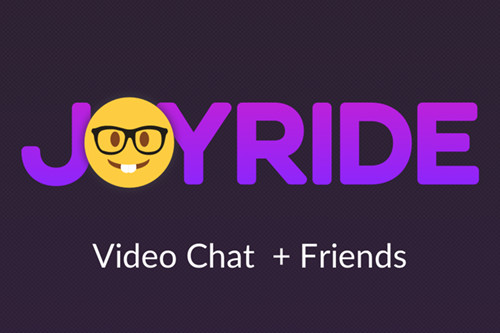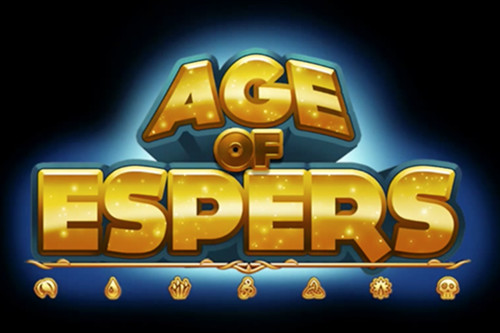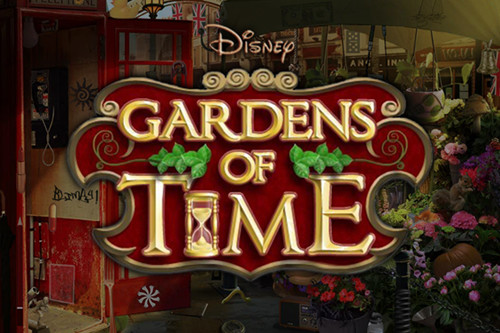Design & Discovery
Wireframes
One of my first tasks for the project was creating wireframes of the game. I like to start my wireframes by building the heirarchy for the entire project. After that stage I like to focus on the more complicated features and develop detailed wireframes for each one.


Competitive Analysis
When I started working on Gardens of Time I was not very familiar with the hidden object game genre. I felt it was important to see what sorts of games were popular and investigate how we could outdo them. I played through many competitors’ games to achieve this.
User Testing
At several points prior to release our team held several user testing sessions with outside participants. I watched live and recorded sessions to get a better understanding of how our game appeared to first-time users. These sessions were enlightening and we pared down numerous aspects of the game design and user experience based on what we observed. I wanted to make the process of playing the hidden object scenes as effortless and enjoyable as possible. User testing was an important factor in reaching that goal.
Rapid Prototypes
Because we were working in Flash, it was easy for me to develop prototypes that could later be repurposed as in-game assets. I quickly created animated and interactive demonstrations to get a better feel for our user experience. These demos also allowed me to better communicate my ideas with the rest of the team.










